Matthew Genitempo is an American photographer and book publisher currently living and making work in Marfa Texas. He received his MFA in photography from the University of Hartford. Matthew was recently selected as one of PDN’s 30 Emerging Photographers and received the LensCulture Emerging Photographer Award. His first book, Jasper, was selected by Mark Steinmetz for the Fotofilmic Solo prize. Jasper will be published by Twin Palms in Fall 2018.


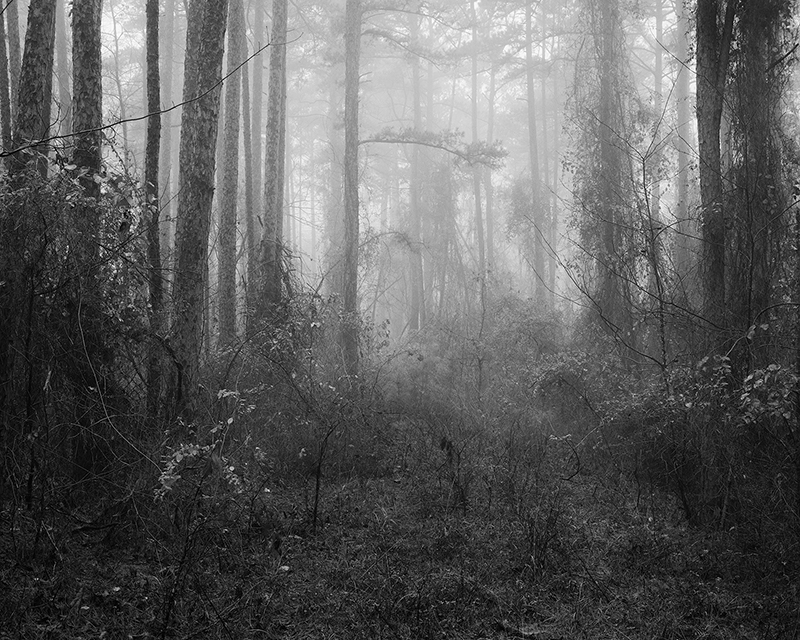
Jasper
Jasper is a project that Matthew began and completed during his time at the MFA photography program at the University of Hartford. The men in his photographs have chosen to live a life sequestered in the Ozark Mountains of Arkansas and Missouri. By capturing the foggy landscapes, cluttered interiors, and the rugged men that are tucked away in the dark woods, the project explores his fascination with running away from the every day. The project bounces between fact and fiction, exhibiting the reality and myths of what it means to be truly apart from society.
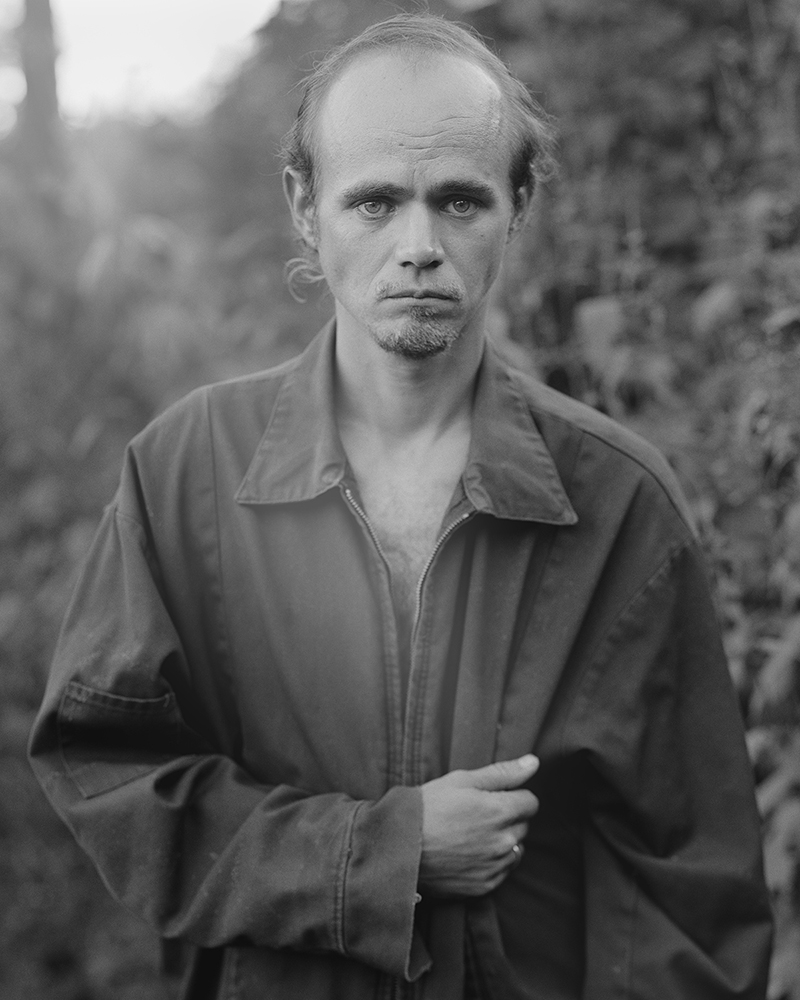

William : After spending some time with Jasper and having knowledge of your previous work, it seems your photographic process, “eye”, and philosophy has radically evolved. Not only is it a clear aesthetic departure from your previous work which showcased the American West in a kind of edenic light using color film, but at a deeper level, it seems like your idea of what makes a successful photograph has changed. Can you speak on this?
Matthew : An enormous amount of events and ideas contributed to the shift, but to simplify, I stopped trying to conceptualize images before making them and began to respond. I used to construct a photo based on my ideas and expectations of a place. I don’t think that the concepts were necessarily negative, but I had to change my relationship to those concepts. The imagined pictures became starting points. I could think about a picture and maybe attempt to make it, but then I would let my intuition take over. The ideas became an opening to more interesting pictures.
The old process never served me well because it never left any room for discovery and, of course, the pictures were never as successful as the ones I had imagined. In hindsight, it was an unbelievably limiting way to make a picture and more often than not, resulted in pretty boring work. To be fair, I still love a fair amount of those pictures, but it would be impossible to go back to making work that way.
William : I completely agree. I find Photography that displays the natural world and the subjects that lie within it benefit from a kind of spontaneous intuition when you find the subject you desire. This particular word, “desire”, is rather important to me. I believe photographs serve as an outlet for a desire to see a particular subject as we imagine it. Do you have any interest in living like the men of the Ozarks or that way of living? What draws you to these parts of the country and the people that inhabit them?
Matthew : I agree. I also believe that photographs can help to find a deeper understanding of those subjects and also help one come to terms with those visions. I recently moved out to Marfa, Texas and it’s not a stretch to say that it’s in the middle of nowhere, so I’m positive that the interest is there. To the extent at which the people in Jasper have removed themselves, probably not. I think at some point, and to a varying degree, everyone finds the idea of disappearing attractive. Whether you completely ignore those impulses or move a cabin in the woods, I think the feeling visits everyone. My fascinations just revealed themselves through pictures.
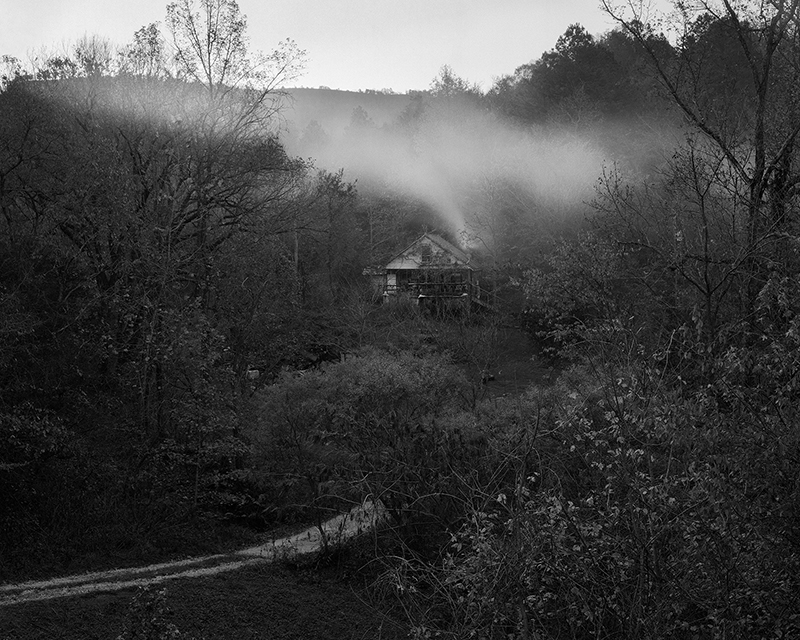


William: In one of my favorite books by Edward Abbey, Desert Solitaire, he begins his book about the National Parks in Utah with a warning, or eulogy (if you will), that these places he’s writing about no longer exist, and any attempt to find them would be foolish and not worth your time. Do you feel as though these communities in the Ozarks are dying off? Or will the young men and women of today slowly replace the spaces that these communities have created?
Matthew: I’m not sure I can give you an answer as to what the future looks like. It’s difficult for me to think of them as a conventional community that swaps out residents. I believe they view themselves as a community. They certainly come together as one. I know they’ve been battling as one for years over the spraying of herbicides in the area.
Desert Solitaire is essential reading. It’s safe to say that Abbey wasn’t an optimist, especially in that book… and I agree with his sentiment, but it’s difficult to say. I really want to believe that “truly wild” places exist in this country, but preservation is becoming increasingly more difficult under this presidency.
I most certainly agree with Abbey, that if you’re going to have any sort of genuine moment in nature, “You can’t see anything from a car; you’ve got to get out of the goddamn contraption and walk, better yet crawl, on hands and knees, over the sandstone and through the thornbrush and cactus. When traces of blood begin to mark your trail, you’ll see something, maybe. Probably not.”
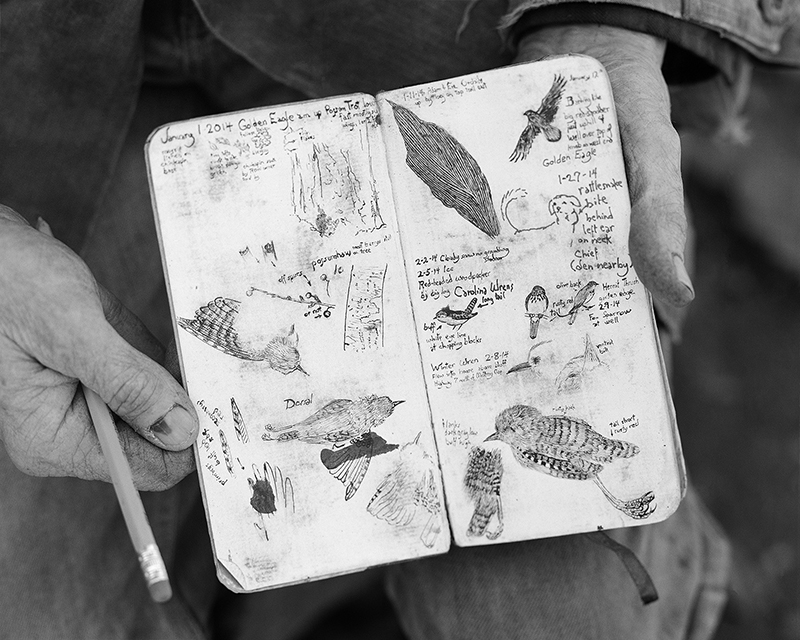
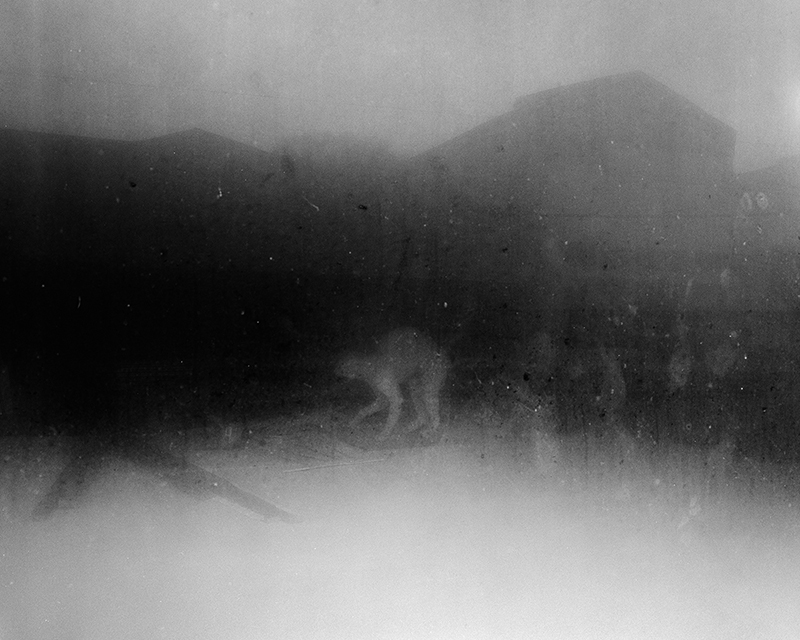
William: Although I hesitated on going into a sociopolitical juncture with this work, it’s an unfortunate reality that these truly wild regions of our country are becoming domesticated and less common with an increased demand inefficient “authentic” (air quote) tourism at the expense of the real. Jackson Hole, Wyoming and other small mountain towns that have fallen to the real estate / tourist trap markets are now facing massive affordable housing shortages and the land that surrounded them is (potentially) up for grabs thanks to this administration’s lack of interest in preservation. Abbey’s pessimism is certainly palpable in Desert Solitaire but it is quite ironic that one of the biggest supporters of land preservation in Utah is Patagonia…I don’t think Abbey would have considered Corporate support for wilderness a possibility. In terms of Art and especially Photography, I find most viewers can connect political ideologies to photographs far too easily. Do you believe your work is political?
Matthew: Considering our country’s current state, politics naturally find their way into everything, so I can’t blame folks for making those connections. Politics weren’t at the forefront while I was making the work, but Jasper was made during the rise and election of Trump. My concerns during that time unquestionably found their way into the pictures. With that being said, I believe that even if a project is not overtly political, it is important to ask not if something is about politics, but how do politics relate to the work.
William: Upon reading the introductory poem for the project, I wonder how you decided to approach photographing the Ozarks. Did you have a list of sorts with loosely drawn parameters and subject matter you were intent on capturing during your trips or was it intuition and circumstance? In other words, what came first; the poetry or the photograph?
Matthew: This sort of hearkens back to what I was saying before about intuition, but I went into the Ozarks with the poetry of Frank Stanford whirling around my brain. Stanford has this hallucinogenic way of shaping the Ozarks. It’s difficult to describe but it’s so distinct— it’s impossible to escape. The poems had a hold on me at first and I never fully broke free, but I learned to use intuition.
So in a way, the poetry came first, but the poem at the beginning by Ryan Paradiso was written as an instinctive response to the photographs. I can’t remember how I came across Paradiso’s poems, but they had that same energy that Stanford evokes. It’s sorcery.
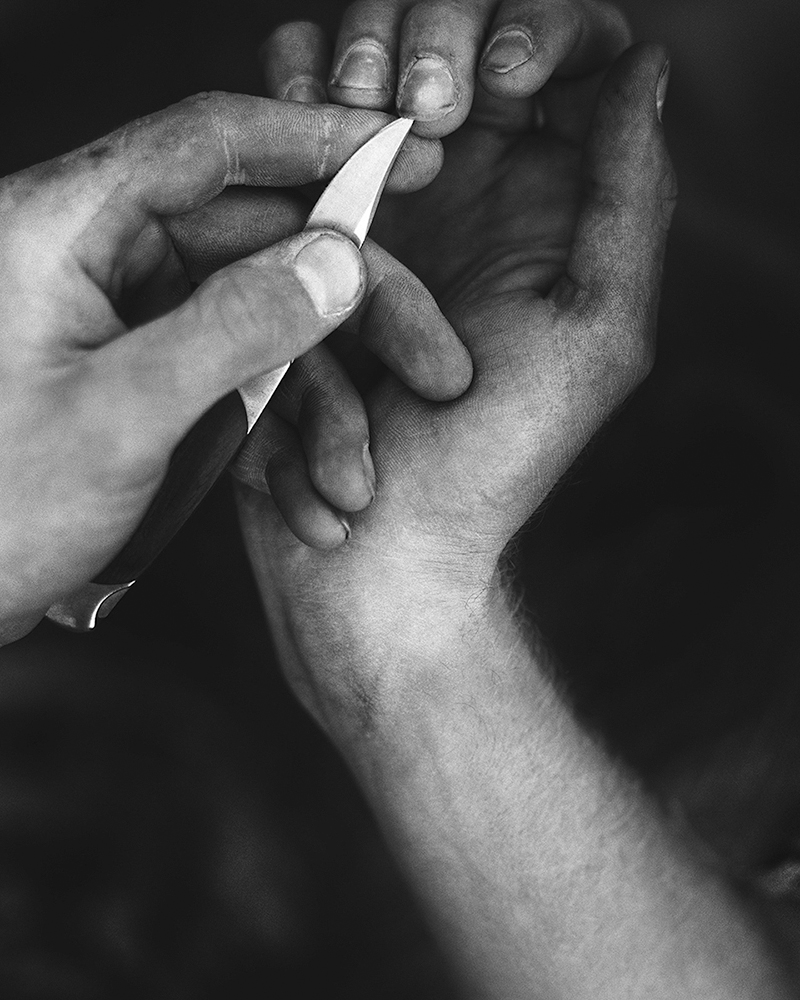

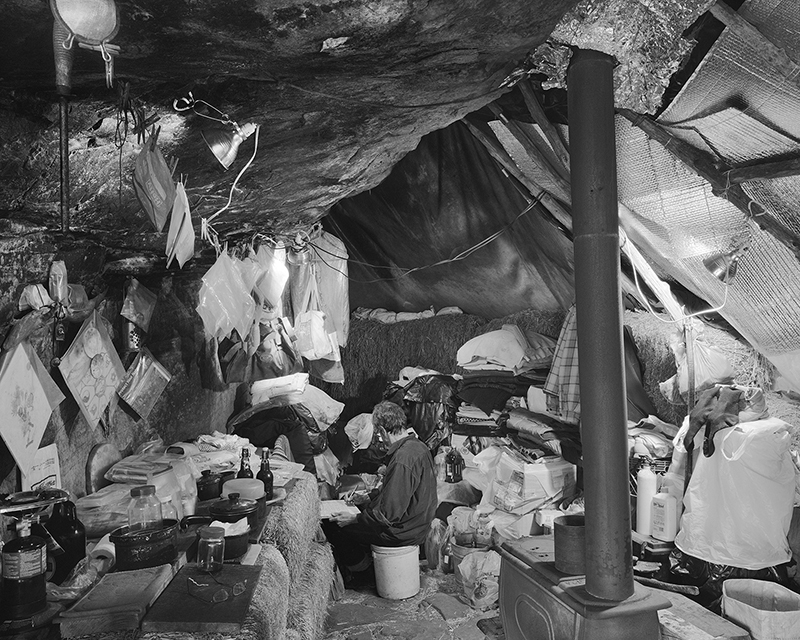
William: Could you find a similar kind of sorcery or mysticism in cities and/or more urban environments? Similarly, do you think you could photograph anywhere?
Matthew: I want to believe that I can make a picture anywhere if I’m paying attention.
William: Lastly, is there a photograph in the series that you feel encompasses the essence of Jasper or was a pivotal moment in the evolution of the project?
Matthew: I think the picture of Bob, half in his tent under the tree, encompasses the spirit of the project. The pivotal picture is the photograph of Calvin’s cluttered bedroom. That picture functions as a table of contents that points to other pictures in the project. After I made that one, I could use it as a guide to pull pictures with similar souls together.
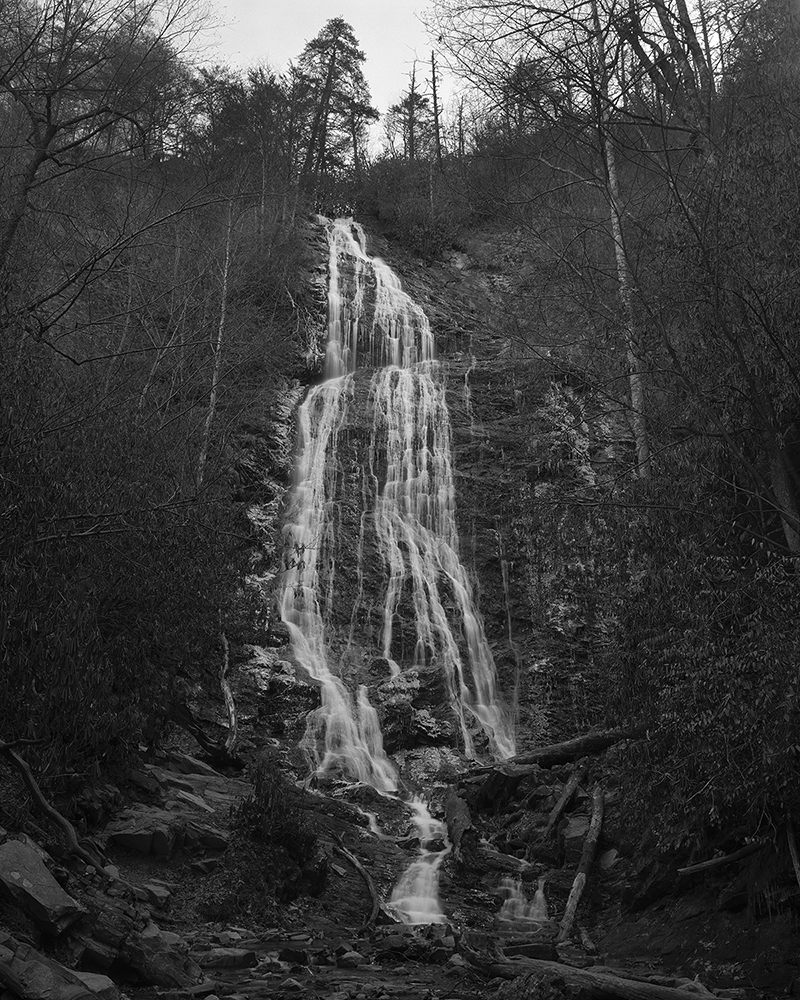
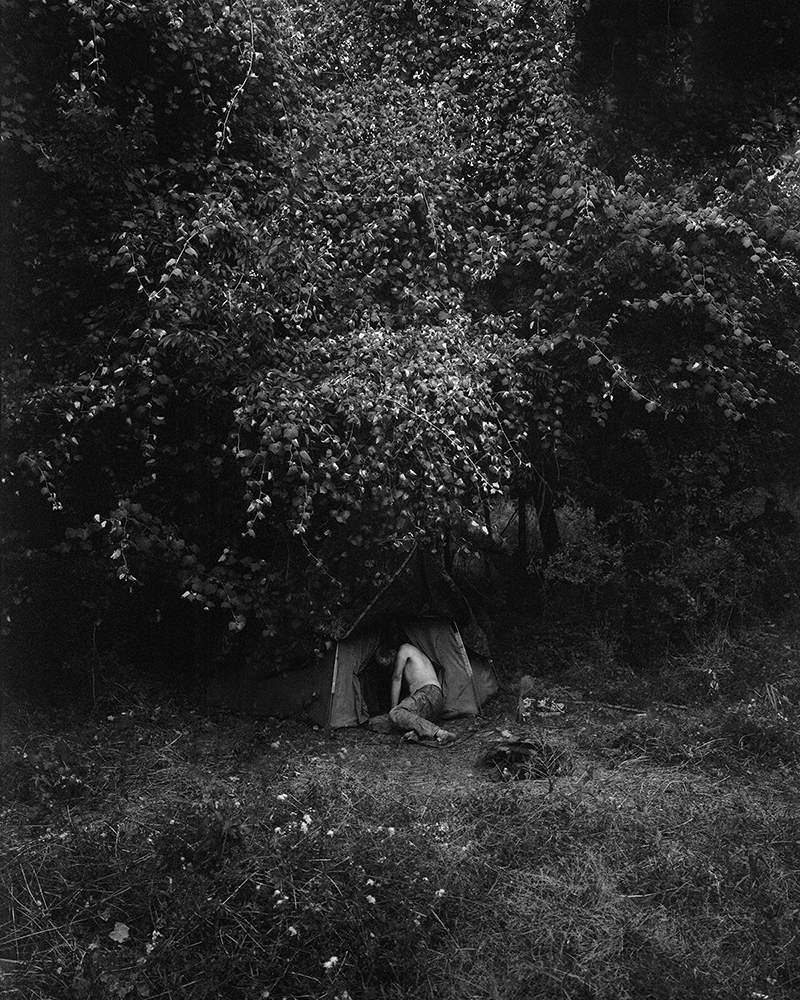
To view more of Matthew Genitempo’s work please visit his website.